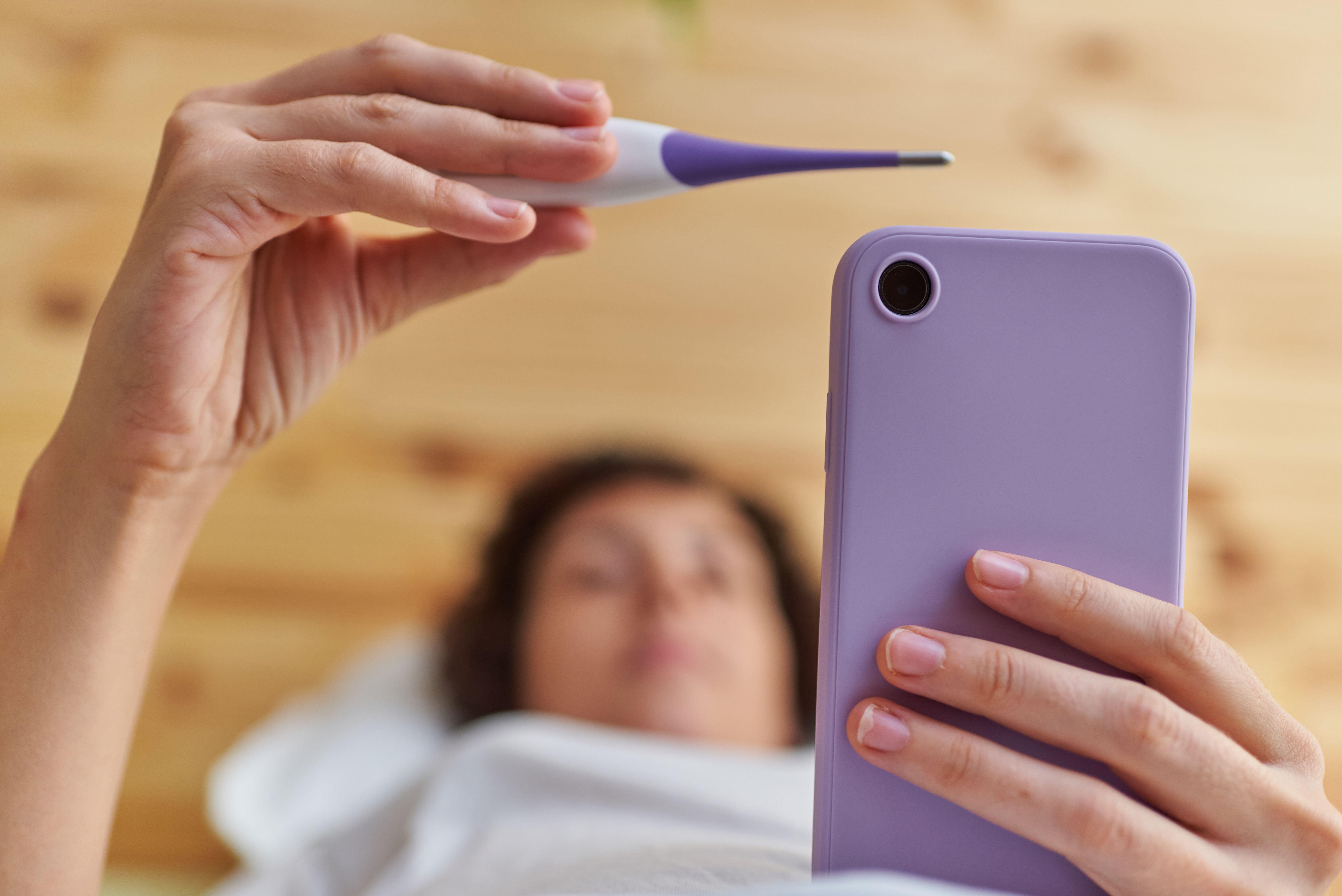The Independent's journalism is supported by our readers. When you purchase through links on our site, we may earn commission.
Seven things you need to know about natural contraception method amid warning
Researchers highlighted a shift in contraception use in the last five years

Your support helps us to tell the story
From reproductive rights to climate change to Big Tech, The Independent is on the ground when the story is developing. Whether it's investigating the financials of Elon Musk's pro-Trump PAC or producing our latest documentary, 'The A Word', which shines a light on the American women fighting for reproductive rights, we know how important it is to parse out the facts from the messaging.
At such a critical moment in US history, we need reporters on the ground. Your donation allows us to keep sending journalists to speak to both sides of the story.
The Independent is trusted by Americans across the entire political spectrum. And unlike many other quality news outlets, we choose not to lock Americans out of our reporting and analysis with paywalls. We believe quality journalism should be available to everyone, paid for by those who can afford it.
Your support makes all the difference.New research has highlighted a notable shift in contraception use from traditional hormonal contraceptives, such as the pill, to fertility awareness-based methods, also known as natural contraceptive methods, in the last five years.
For the study, which was published in BMJ Sexual & Reproductive Health, researchers looked at data from the British Pregnancy Advisory Service to explore what methods of contraception women who requested abortions were using from January to June 2018 (33,495 women) and January to June 2023 (55,055 women).
The proportion who reported using no contraception at all when they fell pregnant also increased by 14% between 2018 and 2023, analysis found.
It comes as researchers highlighted a “shift” in contraception use in the last five years, from “more reliable” hormonal contraceptives such as the pill, to “fertility awareness-based methods”.
Researchers found that the reported use of fertility awareness-based methods at the time of conception increased from 0.4% in 2018 to 2.5% in 2023.
Whereas, women taking hormonal contraceptives such as the pill, the mini pill, patches and vaginal rings declined from 18.8% in 2018 to 11.3% in 2023.
But, what do ‘natural’ contraceptive methods actually entail, and what are the key points we should all be aware of?
1. It follows the rhythm method

“Many women already use a ‘rhythm method’ for contraception as they can work out their ‘fertile window’ from their period dates, however doctors have been reluctant to advise the rhythm method as any miscalculation could potentially lead to an unwanted pregnancy,” says Miss Meg Wilson, consultant gynaecologist at London Gynaecology.
“The additional information of temperature readings and the apps’ algorithms makes this a more reliable method and the evidence published so far is very encouraging.”
2. Has no side effects
“It may be a good option for women who have not got on well with other contraceptive methods due to side effects or health problems,” recognises Wilson. “For some women the appeal is in a more ‘natural’ approach to contraception and a better way to understand their body and cycle. It has no side effects or need for prescription.”
3. Effectiveness also depends on consistent and correct use

“When used perfectly, some of these methods, particularly when supported by accurate temperature measurements from wearables or morning temperature checks, can be up to 99% effective at preventing pregnancy,” says Valentina Milanova, women’s health expert and founder of gynaecological health company Daye. “However, with typical use, effectiveness rates are generally lower – around 76-88% for most methods.
“This is less effective than hormonal methods like the pill (91% effective with typical use) or long-acting reversible contraceptives like IUDs (over 99% effective).”
4. May not be suitable for everyone
“Natural methods can work for many patients, but they require diligence, motivation and a good understanding of one’s cycle,” says Milanova. “They may be less suitable for those of us with irregular cycles, which can be significantly more challenging to track.”
5. Apps have increased its popularity
“There are many contraceptive apps available but Natural Cycles is the first app to be certified as a recognised form of contraception in Europe (European Medicines Agency),” says Wilson.
It works by asking you to input your menstrual period dates and taking a daily temperature reading.
“It then uses a specially developed algorithm to determine which days you may be fertile,” explains Wilson. “It will give you a green light on days you are not fertile and a red light on the days you may fall pregnant.
“On the red light days you will have to think about a backup method of contraception or perhaps not have sex at all.”
6. Requires effort and diligence

“From a practical point of view, to use Natural Cycles effectively you need to be pretty organised and have a relatively regular daily routine,” says Wilson. “Each morning, before getting out of bed, you need to take your temperature by placing a thermometer under your tongue and then type the reading into the app. This needs to be done at least five times each week.
“If you have a lie in for more than two hours to your normal wake up time, or you have a hangover you will have to add ‘skip day’ and miss the reading that day.”
7. It doesn’t prevent against STIs
“It’s important to remember that natural methods don’t protect against STIs and HPV, so condoms are still recommended for STI prevention,” stresses Milanova. “It’s also crucial to understand that even with perfect use, no contraceptive method is 100% effective, and non-hormonal contraception is more prone to user error.”